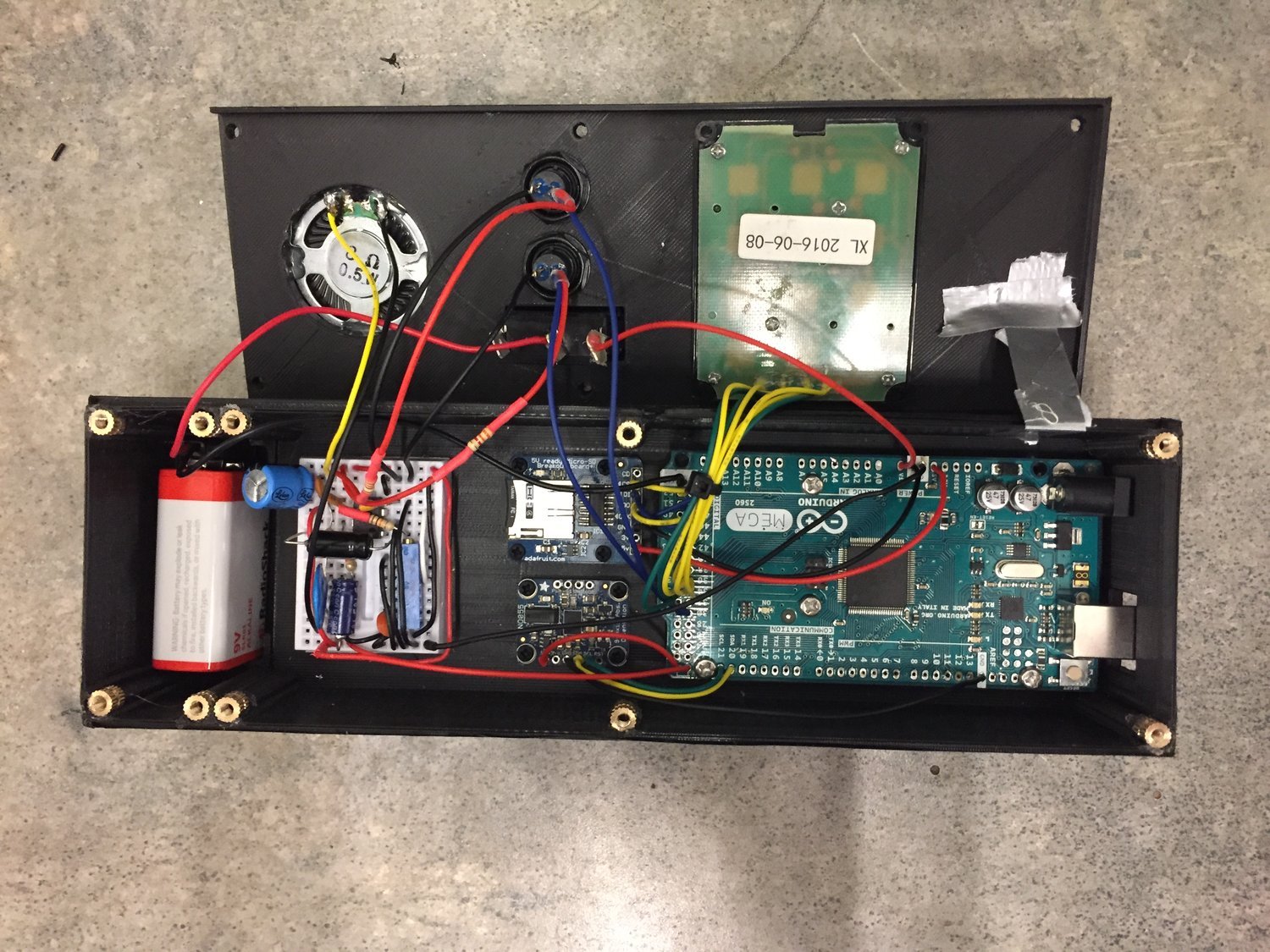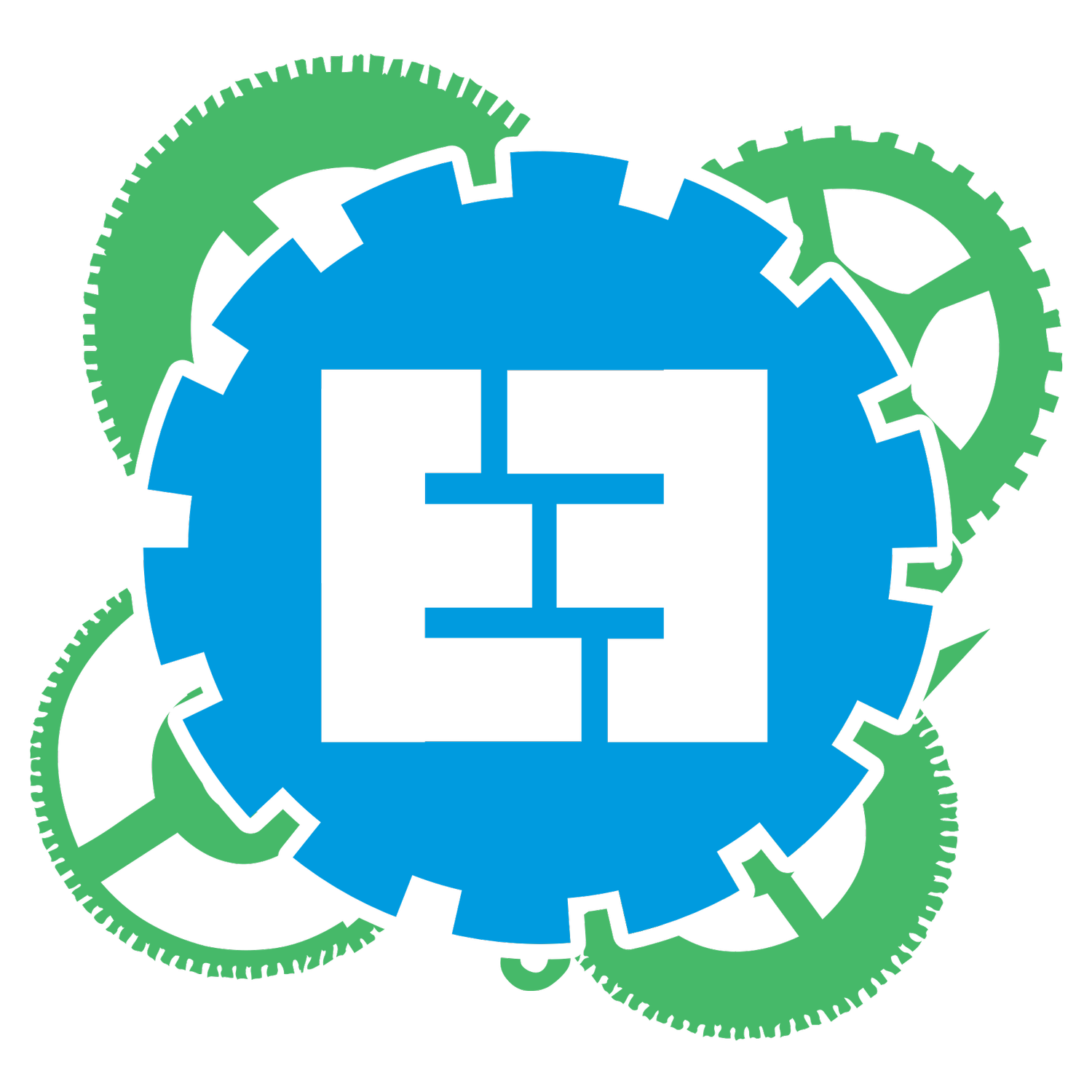Blind Level



The Need
Blindness is a common impairment across the United States and the World. Across the populations of individuals with either severe visual disabilities or total blindness, many people require assistive tools to compensate for profound visual impairments. Most assistive devices address the many day-to-day living constraints introduced by visual impairments. Unfortunately, this leaves blind people who hope to participate in visually-demanding hobbies at a loss. Very few tools are designed to enable blind people to participate in specialized careers or hobbies. This project focuses on one example of such a hobby: woodworking. Woodworking involves many tasks suited to visual acuity, but one of the most common woodworking tasks is using a level. Unlike so many woodworking tools, conventional levels are impossible to use without sight, not simply difficult to use. For blind people with a desire to take up woodworking, there is a pressing need for a level that has been designed for their needs.
The Project
The team built an electronic leveling tool that relies solely on tactile and auditory sensation for operation. Users interact with the device through instructional braille audio outputs. While maintaining a simple and straightforward user interface, this interpretation of a level can still be relied upon to provide highly accurate results. In use, the level offers three modes of operation. First – and by default – it provides an auditory cue upon reaching the standard angles of 0° and 90°. The second mode allows the user to hear the current angle of the level, whatever it may be. The last mode accepts a specific angle from the user via keypad, and when the level reaches the target angle, a beep notifies the user. To achieve this, the device’s circuit consists of an Arduino Pro microcontroller, a gyroscope chip that detects the level angle, and a keypad for entering target angles. This device constitutes a novel blind-assistive tool. It appeals to the sightless artisan community, and within that community, the team hopes it will spur further growth and development.
Current Status
This project is complete.

